Optimal Timing for Concrete Installation
Concrete installation timing is crucial for achieving durable and high-quality results. The optimal period depends on climate conditions, temperature, and moisture levels. Proper scheduling ensures the concrete cures correctly and minimizes issues such as cracking or setting delays.
Spring and fall are generally preferred due to moderate temperatures and lower humidity, which support proper curing and strength development.
Concrete should be poured when temperatures are between 50°F and 85°F to prevent freezing or rapid drying that can weaken the structure.
Rain, extreme heat, or freezing conditions can delay or compromise concrete curing, making weather forecasts an important factor in scheduling.
Proper timing during favorable weather conditions enhances the longevity and performance of concrete structures.
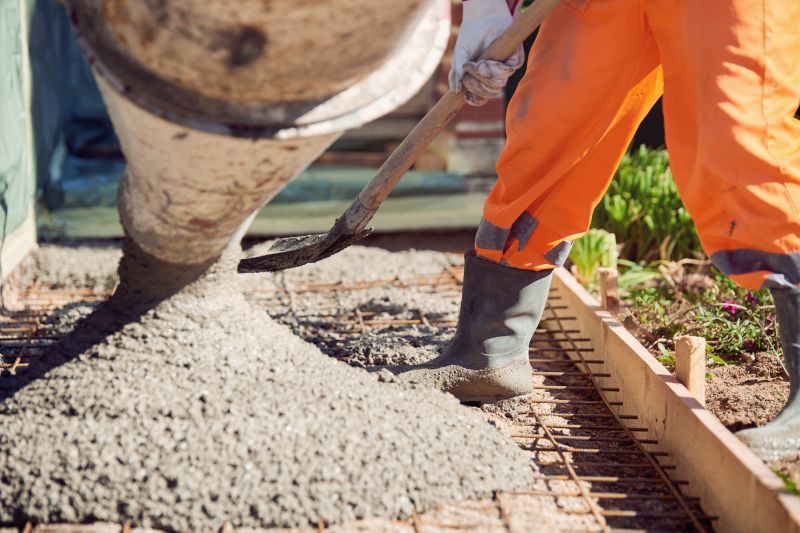
Spring offers ideal conditions for concrete installation with moderate temperatures and less precipitation.
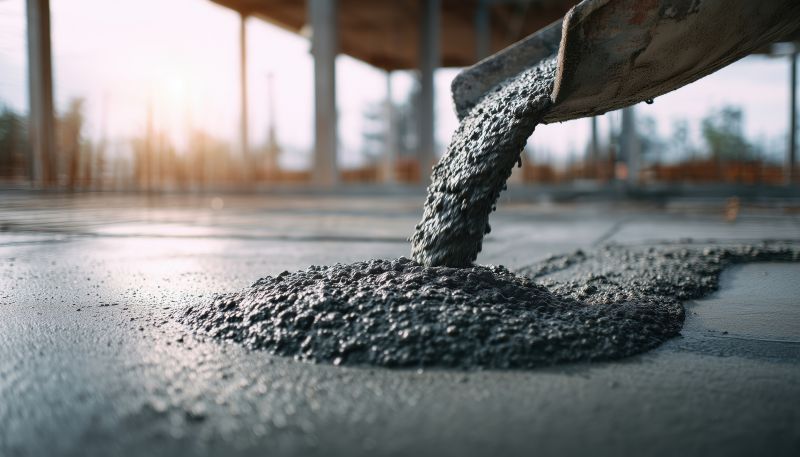
Fall provides cooler weather that supports proper curing and reduces the risk of cracking.

Monitoring weather patterns is essential to select the best window for concrete pouring.

Ways to make Concrete Installations work in tight or awkward layouts.
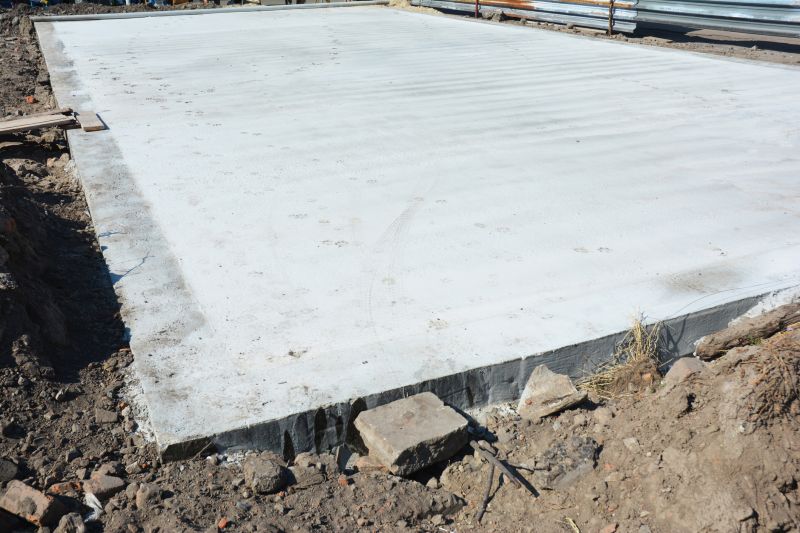
Popular materials for Concrete Installations and why they hold up over time.
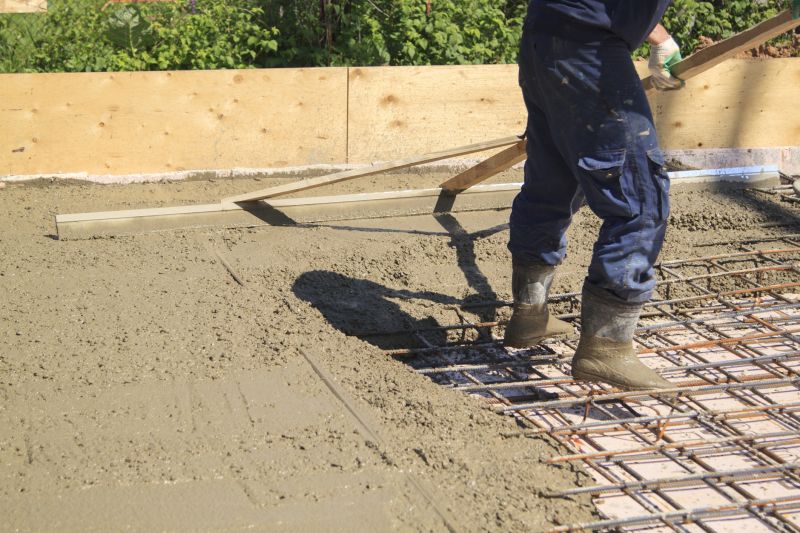
Simple add-ons that improve Concrete Installations without blowing the budget.
| Season | Temperature Range |
|---|---|
| Spring | 50°F - 70°F |
| Summer | Above 85°F (with precautions) |
| Fall | 50°F - 70°F |
| Winter | Below 50°F (not recommended) |
Concrete installations require careful planning to ensure optimal results. Temperature and weather conditions significantly influence the curing process, which is vital for achieving maximum strength and durability. Installing concrete during the right season reduces the risk of cracks, surface defects, and structural weaknesses. Proper timing also allows for better scheduling and resource management, leading to more efficient project completion and long-lasting structures.
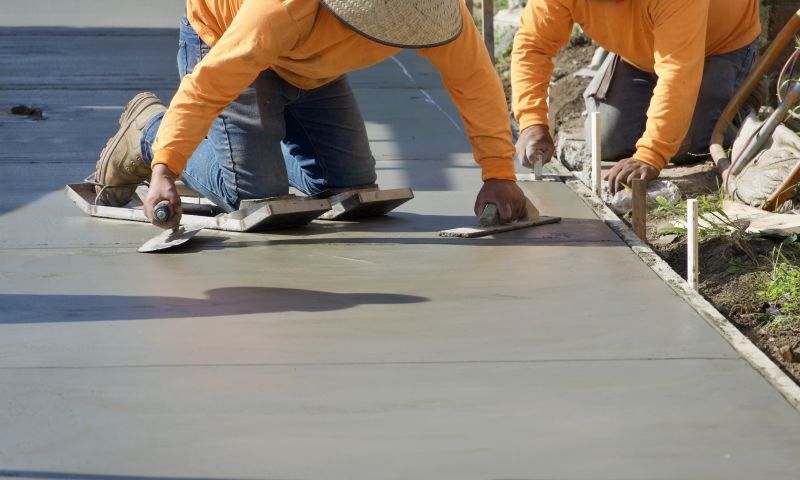
Optimal conditions support proper curing and structural integrity.

Freezing temperatures can hinder curing and cause cracking.
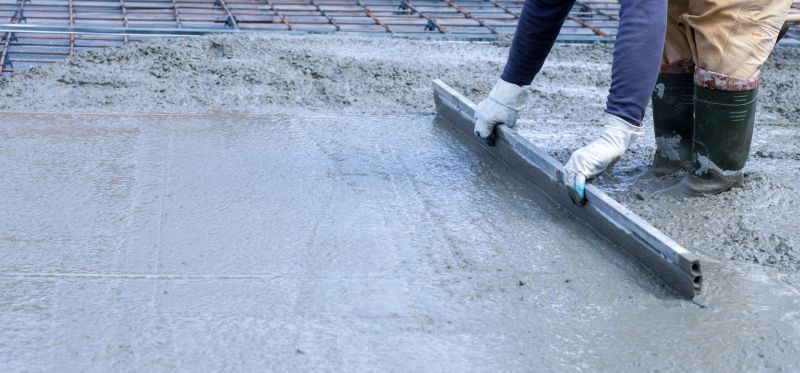
High heat requires special measures to prevent rapid drying.
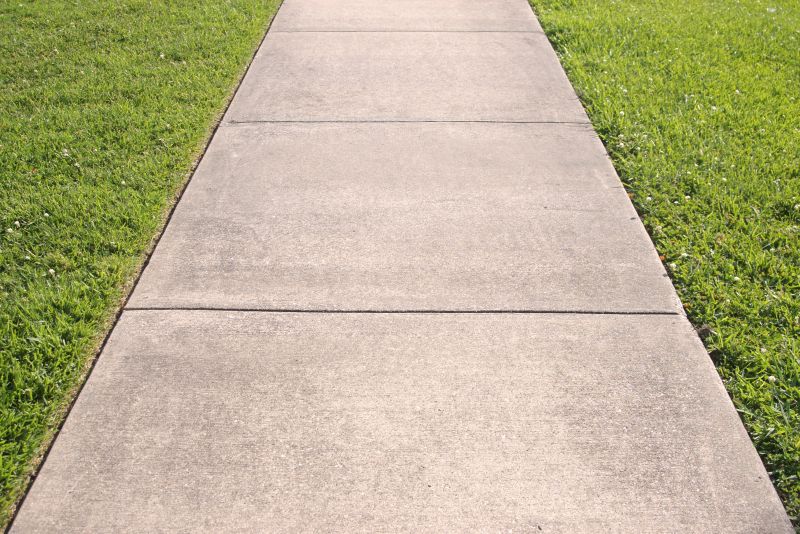
Moderate temperatures help ensure quality concrete installation.

High-end options that actually feel worth it for Concrete Installations.
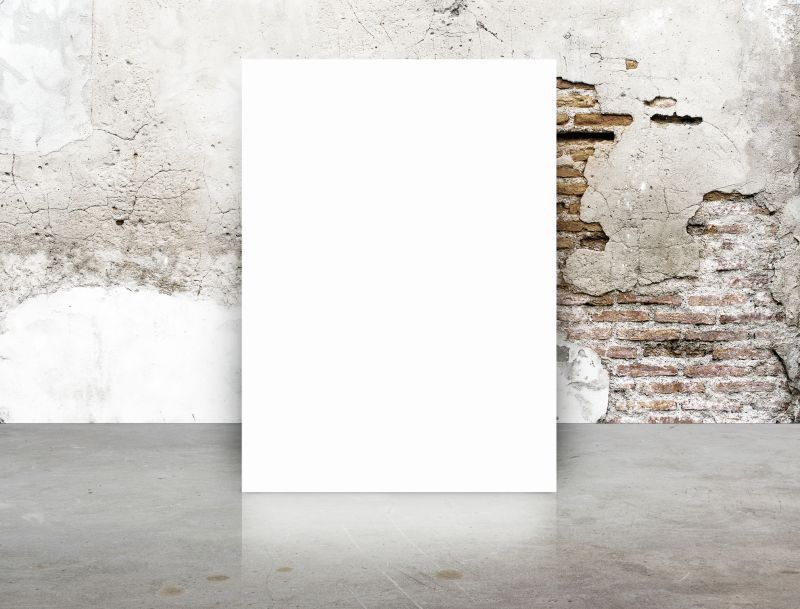
Finishes and colors that play nicely with Concrete Installations.
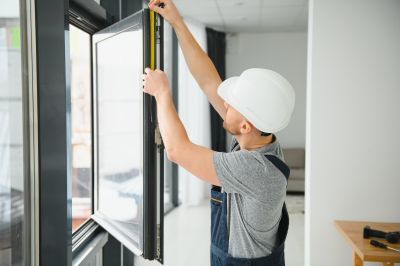
Little measurements that prevent headaches on Concrete Installations day.
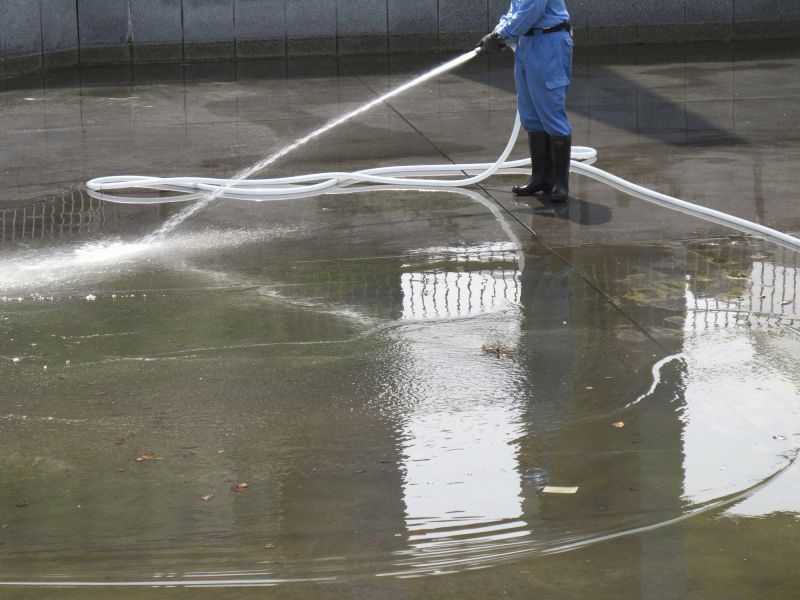
A 60-second routine that keeps Concrete Installations looking new.
Scheduling concrete installations during favorable weather conditions enhances the structural performance and lifespan of the finished project. Weather forecasts should be closely monitored to avoid delays caused by rain, extreme heat, or cold snaps. Proper preparation and timing are key to ensuring concrete sets correctly and achieves the desired strength. For projects in Pasco, WA, late spring through early fall typically offers the best conditions for concrete work, but careful planning can extend the window for successful installations.
Interested in scheduling concrete work? Fill out the contact form to discuss timing options and project details.
